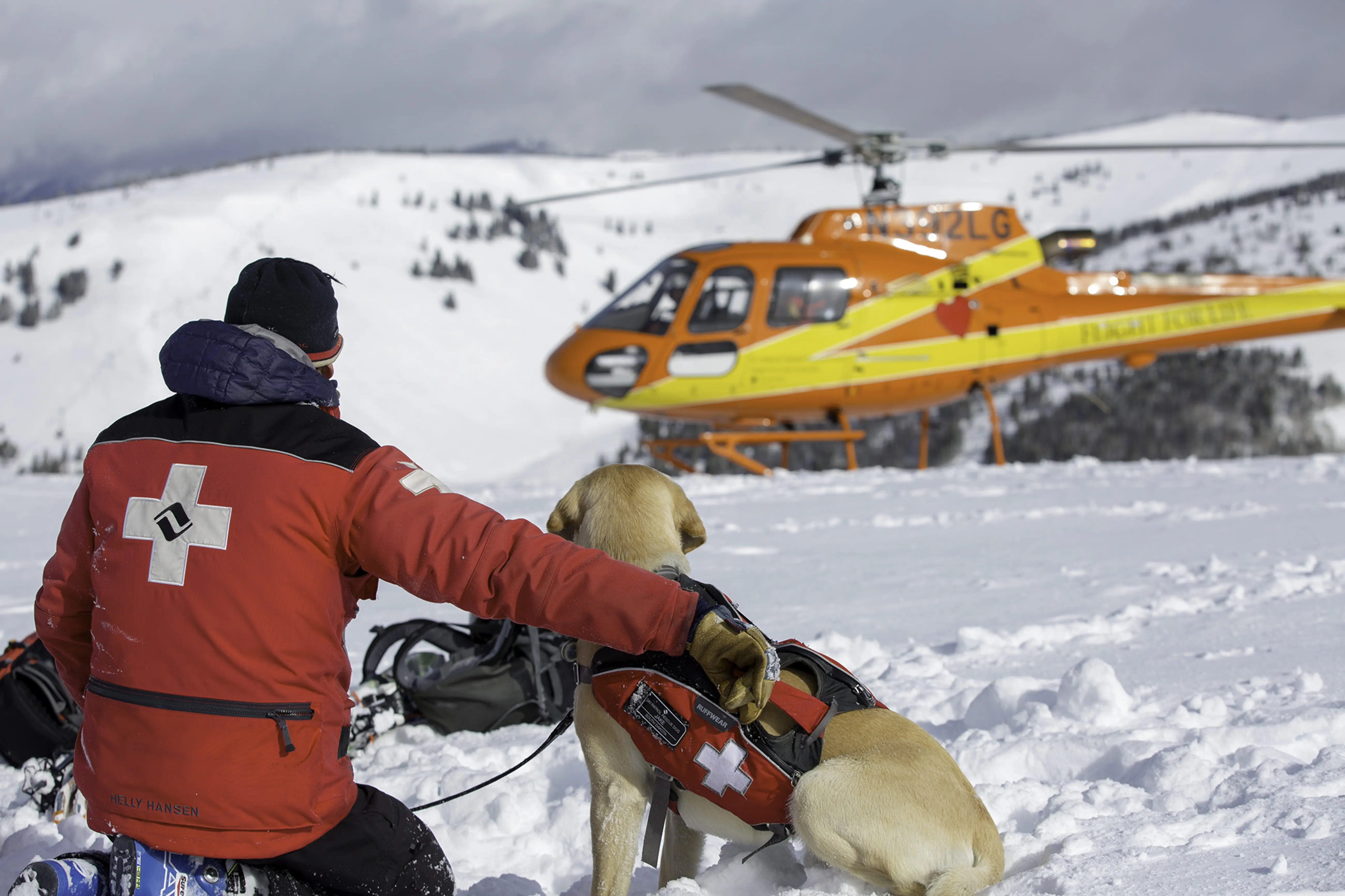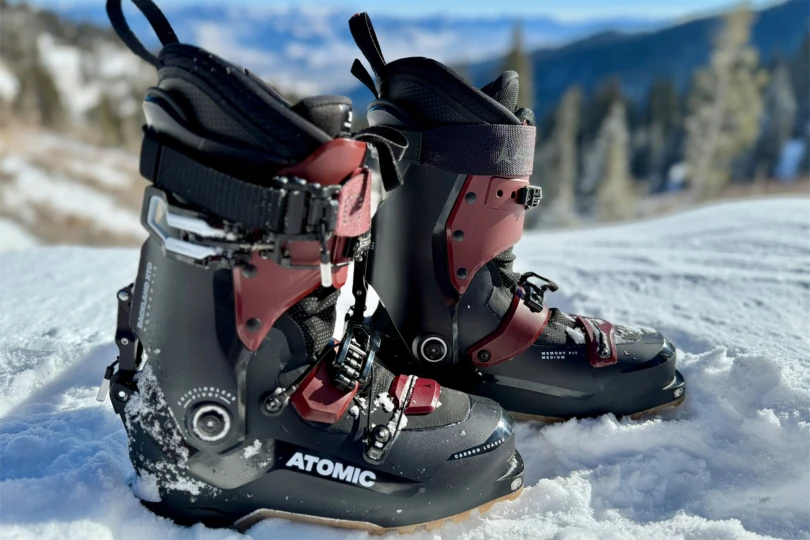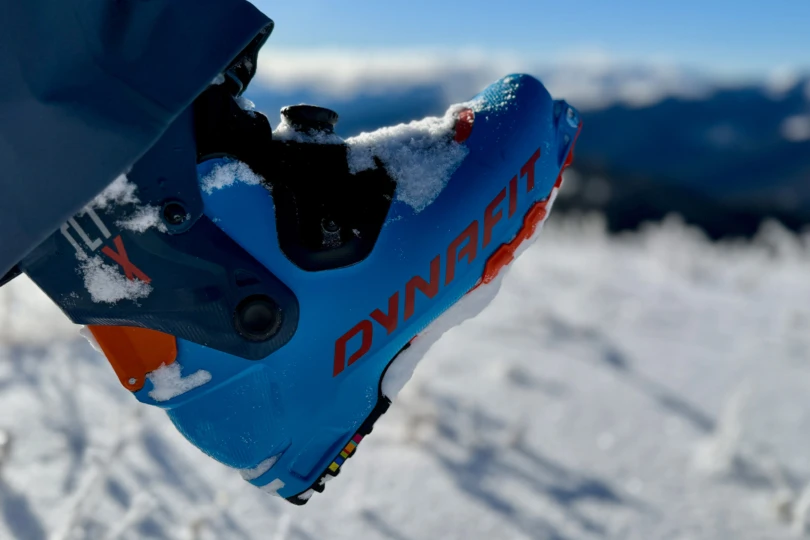
Snowmobiles are increasingly used to explore and access mountain terrain, including as pseudo “chairlifts” of the backcountry. (See “Tow-In: Backcountry Skiing Via Snowmobile.”) Last month, we met up with Jeremy Mercier, a former snowmobile guide and a Ski-Doo ambassador, for a backcountry trip in Colorado. He offered a few tips on riding safe where the snow is deep and the terrain is wild.
Avy Course — Even if you’ve driven snowmobiles for years, mountains are different and pose serious risk in the form of avalanches. Learn what to look out for with an introductory class to start. Check out the American Avalanche Association for a breakdown of courses, ranging from fundamentals to expert-level training.
Buddy System — If you’re new to the mountains, ride with other people who have more experience. Make sure your riding friends also take an avy awareness class (see above). Better yet, take the class together and be sure to support each other in good decision making out there. When riding in mountain terrain, stay far enough apart that a slide cannot hit both riders; someone should always be ready to help.

Survival Gear — In the mountains, this begins with an avalanche beacon, a probe, and a shovel. Next, you need to ensure your survival in case of a breakdown, getting stuck or lost. Be ready to spend the night in cold and snowy conditions. This means carrying extra layers, gloves and goggles, fire-starting implements, a knife, a minimal emergency shelter, food and water.
Never Ride Alone — A snowmobile can carry you far from the car very quickly. What happens if you breakdown miles from a trailhead? Two machines are much less likely to both breakdown. If you must ride solo, tell people where you will be and carry a SPOT device or other type of emergency beacon.
Terrain Limits — Before you descend that steep, forested slope ask yourself, “Am I sure I can ascend it?” Most importantly, stay out of terrain you aren’t comfortable riding. This may include creeks, drainages and steep tree-covered mountainsides.
Be aware of cornices on ridge tops that can give way under the weight of a sled and the possibility of crevasses on glaciers. Frozen lakes with thin ice are another hazard that can be easily hidden by the deep snow high in mountains; keep an eye out for big flat areas in basins, especially early in the season.

Learn To Ride Pow — For a new person getting started, begin in a flat meadow and practice powder turns, side-hilling and counter steering. Practice turning while standing on each side of the snowmobile and feel how the sled moves when floating in deep snow.
Altitude — Thinner air means you will get winded quickly at high altitude. Be sure to drink plenty of water and take it easy as you acclimate. Be aware that susceptibility varies person to person and even severe symptoms, while uncommon, can manifest as low as 6,500 feet.
Weather — Storms can move in fast in the mountains. Feet of snow can fall from the sky, and winds might reach 50mph or more any given afternoon on an open ridge. Take forecasts seriously on any mountain trip. You are more exposed in the mountains than any other snowmobiling environment.
Get stoked! — Few experiences top snowmobiling in deep snow in beautiful mountain terrain. You can see huge stretches of backcountry in quick time, attain vantage points in minutes for sweeping views, and you will experience the rush of machine-powered motion among the rocks, pine trees, and untracked open areas unique to the high alpine landscape.
—Colorado-based Jeremy Mercier is a former guide and Ski-Doo brand ambassador.






